Hybrid Concept Cars, The Future is Now Conclusion
If you have missed the first two articles on this topic you can read them here and here. In this grand finale, if I may call it that, I will show you the best of the best (in my opinion) of the concept cars recently reported on on yahoo.com. These I thought were either really cool looking and futuristic or had really cool ideas or that I just kind of liked more than the others. Anyway, without further ado, let's start the "Hey, that's cool" category.
In third place we have the Toyota Volta:
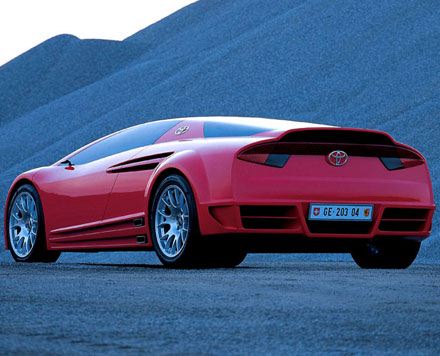 This car looks like it could go very very fast. It also looks like the maximum height you could possibly be to drive in this vehicle is 5'5" and that is pushing the limit. I don't know if this is the fastest electric hybrid on the market but with dual electric engines (one for each front tire) this car boasts that it has a 408 horsepower hybrid engine, the safety of all-wheel drive and can do 0-60 in just four seconds. Look at those desert dunes. This car is ready to climb them, but I am a little worried that the hills are too steep and those don't really look like tires that get the best traction. So, maybe it's not good to drive in the desert, but since no one really off roads their vehicles like they do in the commercials, I think this car might be OK.Second Place goes to GM Saab Aero X:
This car looks like it could go very very fast. It also looks like the maximum height you could possibly be to drive in this vehicle is 5'5" and that is pushing the limit. I don't know if this is the fastest electric hybrid on the market but with dual electric engines (one for each front tire) this car boasts that it has a 408 horsepower hybrid engine, the safety of all-wheel drive and can do 0-60 in just four seconds. Look at those desert dunes. This car is ready to climb them, but I am a little worried that the hills are too steep and those don't really look like tires that get the best traction. So, maybe it's not good to drive in the desert, but since no one really off roads their vehicles like they do in the commercials, I think this car might be OK.Second Place goes to GM Saab Aero X:
 How cool is this car? It's totally like a Back to the Future kind of futuristic car. Very nice, looks sleek but the only problem I visibly see with this vehicle is this: what happens when you lock your keys in the car? I really don't think the tow truck operator is going to be able to jimmy this particular vehicle. Well, I guess that is good b/c no one can steal your car that way but think about this, what are you going to do if the "door" stops working? I don't think climbing into the trunk is a viable option, either. This is cool, too: " the Saab Aero X's cockpit completely eliminating conventional dials and buttons. Instead, Saab displays data on glass-like acrylic "clear zones" in graphic 3-D images." Very futuristic. It has a 400 horse powered engine that runs completely off of ethanol. Over all this is the car of the future, as soon as we figure out how to open the door.
And in first place in the "cool kids" category goes to the Honda FCX ConceptÂ
How cool is this car? It's totally like a Back to the Future kind of futuristic car. Very nice, looks sleek but the only problem I visibly see with this vehicle is this: what happens when you lock your keys in the car? I really don't think the tow truck operator is going to be able to jimmy this particular vehicle. Well, I guess that is good b/c no one can steal your car that way but think about this, what are you going to do if the "door" stops working? I don't think climbing into the trunk is a viable option, either. This is cool, too: " the Saab Aero X's cockpit completely eliminating conventional dials and buttons. Instead, Saab displays data on glass-like acrylic "clear zones" in graphic 3-D images." Very futuristic. It has a 400 horse powered engine that runs completely off of ethanol. Over all this is the car of the future, as soon as we figure out how to open the door.
And in first place in the "cool kids" category goes to the Honda FCX ConceptÂ
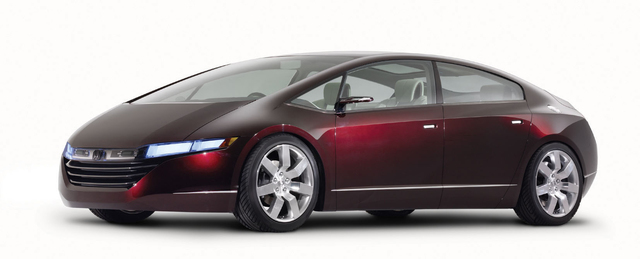 Look how shiny and aerodynamic. Look how many seats it has (prob the most in this category). It also employs a concept call vertical gas flow, meaning that the car uses gravity to help it conserve energy and make it's fuel cells more productive and helps this vehicle to improve the fuel cell storage space to allow for a much roomier car. "With these improvements, the FCX fuel-cell car now has a driving range of 354 miles—a 30 percent improvement from the 2005 model—and a maximum speed of 100 miles per hour" Not too bad, if I do say so myself.
Over all, I am very pleased to see that American car companies are taking the right step towards hybrid technology.  Hopefully we see continued competition to create more and more efficient and environmentally happy vehicles for public consumption without detrimental impact on consumer wallets.
Look how shiny and aerodynamic. Look how many seats it has (prob the most in this category). It also employs a concept call vertical gas flow, meaning that the car uses gravity to help it conserve energy and make it's fuel cells more productive and helps this vehicle to improve the fuel cell storage space to allow for a much roomier car. "With these improvements, the FCX fuel-cell car now has a driving range of 354 miles—a 30 percent improvement from the 2005 model—and a maximum speed of 100 miles per hour" Not too bad, if I do say so myself.
Over all, I am very pleased to see that American car companies are taking the right step towards hybrid technology.  Hopefully we see continued competition to create more and more efficient and environmentally happy vehicles for public consumption without detrimental impact on consumer wallets.
 This car looks like it could go very very fast. It also looks like the maximum height you could possibly be to drive in this vehicle is 5'5" and that is pushing the limit. I don't know if this is the fastest electric hybrid on the market but with dual electric engines (one for each front tire) this car boasts that it has a 408 horsepower hybrid engine, the safety of all-wheel drive and can do 0-60 in just four seconds. Look at those desert dunes. This car is ready to climb them, but I am a little worried that the hills are too steep and those don't really look like tires that get the best traction. So, maybe it's not good to drive in the desert, but since no one really off roads their vehicles like they do in the commercials, I think this car might be OK.Second Place goes to GM Saab Aero X:
This car looks like it could go very very fast. It also looks like the maximum height you could possibly be to drive in this vehicle is 5'5" and that is pushing the limit. I don't know if this is the fastest electric hybrid on the market but with dual electric engines (one for each front tire) this car boasts that it has a 408 horsepower hybrid engine, the safety of all-wheel drive and can do 0-60 in just four seconds. Look at those desert dunes. This car is ready to climb them, but I am a little worried that the hills are too steep and those don't really look like tires that get the best traction. So, maybe it's not good to drive in the desert, but since no one really off roads their vehicles like they do in the commercials, I think this car might be OK.Second Place goes to GM Saab Aero X:
 How cool is this car? It's totally like a Back to the Future kind of futuristic car. Very nice, looks sleek but the only problem I visibly see with this vehicle is this: what happens when you lock your keys in the car? I really don't think the tow truck operator is going to be able to jimmy this particular vehicle. Well, I guess that is good b/c no one can steal your car that way but think about this, what are you going to do if the "door" stops working? I don't think climbing into the trunk is a viable option, either. This is cool, too: " the Saab Aero X's cockpit completely eliminating conventional dials and buttons. Instead, Saab displays data on glass-like acrylic "clear zones" in graphic 3-D images." Very futuristic. It has a 400 horse powered engine that runs completely off of ethanol. Over all this is the car of the future, as soon as we figure out how to open the door.
And in first place in the "cool kids" category goes to the Honda FCX ConceptÂ
How cool is this car? It's totally like a Back to the Future kind of futuristic car. Very nice, looks sleek but the only problem I visibly see with this vehicle is this: what happens when you lock your keys in the car? I really don't think the tow truck operator is going to be able to jimmy this particular vehicle. Well, I guess that is good b/c no one can steal your car that way but think about this, what are you going to do if the "door" stops working? I don't think climbing into the trunk is a viable option, either. This is cool, too: " the Saab Aero X's cockpit completely eliminating conventional dials and buttons. Instead, Saab displays data on glass-like acrylic "clear zones" in graphic 3-D images." Very futuristic. It has a 400 horse powered engine that runs completely off of ethanol. Over all this is the car of the future, as soon as we figure out how to open the door.
And in first place in the "cool kids" category goes to the Honda FCX ConceptÂ
 Look how shiny and aerodynamic. Look how many seats it has (prob the most in this category). It also employs a concept call vertical gas flow, meaning that the car uses gravity to help it conserve energy and make it's fuel cells more productive and helps this vehicle to improve the fuel cell storage space to allow for a much roomier car. "With these improvements, the FCX fuel-cell car now has a driving range of 354 miles—a 30 percent improvement from the 2005 model—and a maximum speed of 100 miles per hour" Not too bad, if I do say so myself.
Over all, I am very pleased to see that American car companies are taking the right step towards hybrid technology.  Hopefully we see continued competition to create more and more efficient and environmentally happy vehicles for public consumption without detrimental impact on consumer wallets.
Look how shiny and aerodynamic. Look how many seats it has (prob the most in this category). It also employs a concept call vertical gas flow, meaning that the car uses gravity to help it conserve energy and make it's fuel cells more productive and helps this vehicle to improve the fuel cell storage space to allow for a much roomier car. "With these improvements, the FCX fuel-cell car now has a driving range of 354 miles—a 30 percent improvement from the 2005 model—and a maximum speed of 100 miles per hour" Not too bad, if I do say so myself.
Over all, I am very pleased to see that American car companies are taking the right step towards hybrid technology.  Hopefully we see continued competition to create more and more efficient and environmentally happy vehicles for public consumption without detrimental impact on consumer wallets.
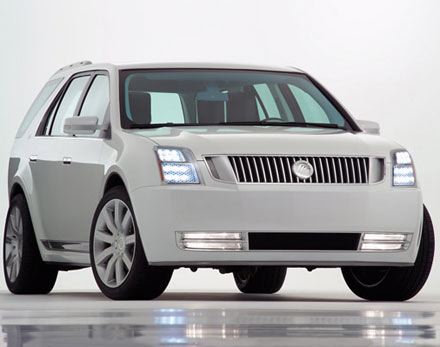 You may argue that this car isn't necessarily the ugliest car you have ever seen, in fact it's okay. Work with me here for a minute, if you please. Think back to that movie about the cars that try to kill people. You know the one, the really bad Stephen King movie,
You may argue that this car isn't necessarily the ugliest car you have ever seen, in fact it's okay. Work with me here for a minute, if you please. Think back to that movie about the cars that try to kill people. You know the one, the really bad Stephen King movie, 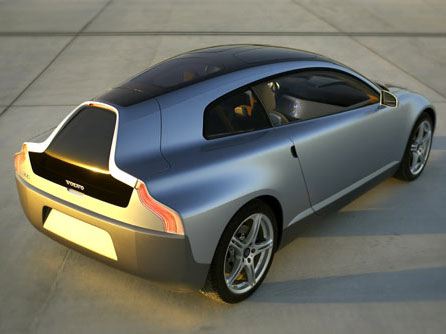 This vehicle is kind of ugly. I mean, it's nice and aerodynamic and boasts that it can run on any type of power system (gas, ethanol, hybrid or electric). But, it looks kind of...lame. Like the vision of the future that they had in the seventies where the high fashion of the times happens to be tunics and tennis skirts. And it only sits three people and quite uncomfortably, if you really look at it. And it also takes 10,000 lithium-ion batteries (like the ones in your lap top) to power. Only 10,000? That's nothing.
First place goes hands down to the Nissan Pivo for obvious reasons:
This vehicle is kind of ugly. I mean, it's nice and aerodynamic and boasts that it can run on any type of power system (gas, ethanol, hybrid or electric). But, it looks kind of...lame. Like the vision of the future that they had in the seventies where the high fashion of the times happens to be tunics and tennis skirts. And it only sits three people and quite uncomfortably, if you really look at it. And it also takes 10,000 lithium-ion batteries (like the ones in your lap top) to power. Only 10,000? That's nothing.
First place goes hands down to the Nissan Pivo for obvious reasons:
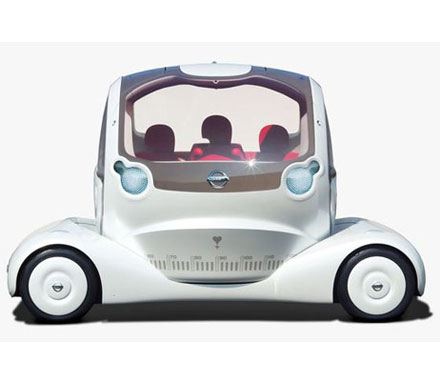 It's electric and it swivels. Enough said.
Eventually I will get around to posting the best of these concept cars. Thanks for reading!
It's electric and it swivels. Enough said.
Eventually I will get around to posting the best of these concept cars. Thanks for reading!
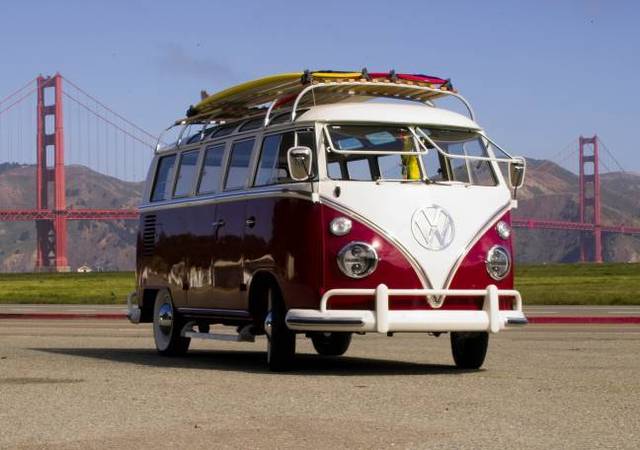 Ladies and gentlemen, I would like to introduce to you the 2010 VW Microbus, um I mean Chameleon. So, yeah, apparently the late 60's are back and we are all going to be peace loving pot smoking patchouli smelling hippies. At least we have the perfect vehicle for it, I mean this "new" vehicle is all electricity powered with 10 count them 10 30v batteries in the floor to power the vehicle. Oh, the surf boards are thrown in free of charge, they are fitted with solar panels for recharging the batteries. This is the vehicle for those fifty somethings to relive their youth in a perfectly environmentally friendly manner.
Second place in the "Didn't we already do this" catagory is BMW X3:
Ladies and gentlemen, I would like to introduce to you the 2010 VW Microbus, um I mean Chameleon. So, yeah, apparently the late 60's are back and we are all going to be peace loving pot smoking patchouli smelling hippies. At least we have the perfect vehicle for it, I mean this "new" vehicle is all electricity powered with 10 count them 10 30v batteries in the floor to power the vehicle. Oh, the surf boards are thrown in free of charge, they are fitted with solar panels for recharging the batteries. This is the vehicle for those fifty somethings to relive their youth in a perfectly environmentally friendly manner.
Second place in the "Didn't we already do this" catagory is BMW X3:

 You know, they say that if you never change in business, you are insane. Well, BMW didn't listen. This car looks neither futuristic nor retro, meaning it just looks kind of now. It's not even trying very hard to be environmentally friendly. Instead of using a battery it incorporates a superconductor, which provides energy in short bursts. It gets an "A" for effort but nothing else. This concept car is only getting about 20% better millage than most of the cars that BMW currently produces (none of which are hybrids). This is a poor contending mom-mobile in the concept car to the future race.
Third Place in this category is the GM Sequel.
You know, they say that if you never change in business, you are insane. Well, BMW didn't listen. This car looks neither futuristic nor retro, meaning it just looks kind of now. It's not even trying very hard to be environmentally friendly. Instead of using a battery it incorporates a superconductor, which provides energy in short bursts. It gets an "A" for effort but nothing else. This concept car is only getting about 20% better millage than most of the cars that BMW currently produces (none of which are hybrids). This is a poor contending mom-mobile in the concept car to the future race.
Third Place in this category is the GM Sequel.
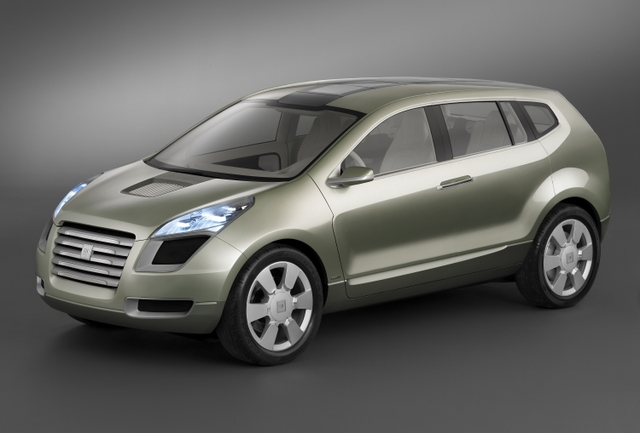 What is cool about this vehicle is that it runs on a hydrogen fuel cell and the fact that most of this car's engine components are located underneath the car and not under the hood. It does make for a roomier car but the looks are just kind of standard, this car does not make me think that I am living in the 21st century at all.Â
What is cool about this vehicle is that it runs on a hydrogen fuel cell and the fact that most of this car's engine components are located underneath the car and not under the hood. It does make for a roomier car but the looks are just kind of standard, this car does not make me think that I am living in the 21st century at all.  The system, by
The system, by  Other large Great Lakes cities like Chicago, Cleveland, and Buffalo could take advantage of a system like this as well. Add in a few off-shore wind farms and the Rust Belt could take a real lead in green technology that makes use of the local geography. So what do you say, Cleveland?
Other large Great Lakes cities like Chicago, Cleveland, and Buffalo could take advantage of a system like this as well. Add in a few off-shore wind farms and the Rust Belt could take a real lead in green technology that makes use of the local geography. So what do you say, Cleveland?